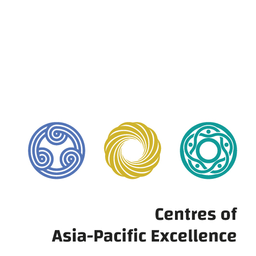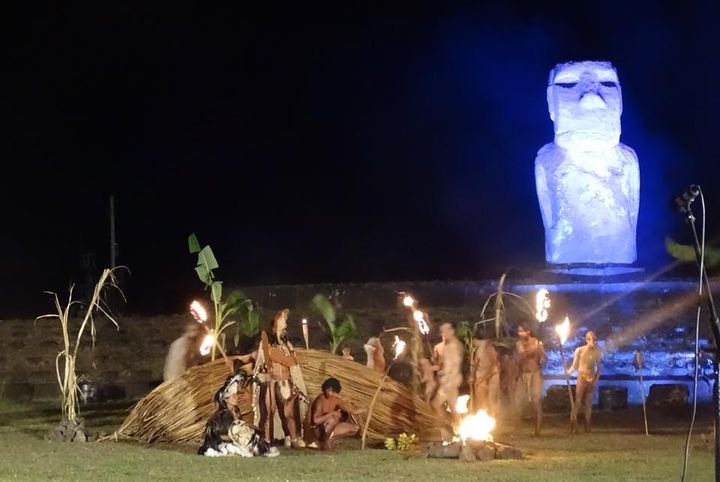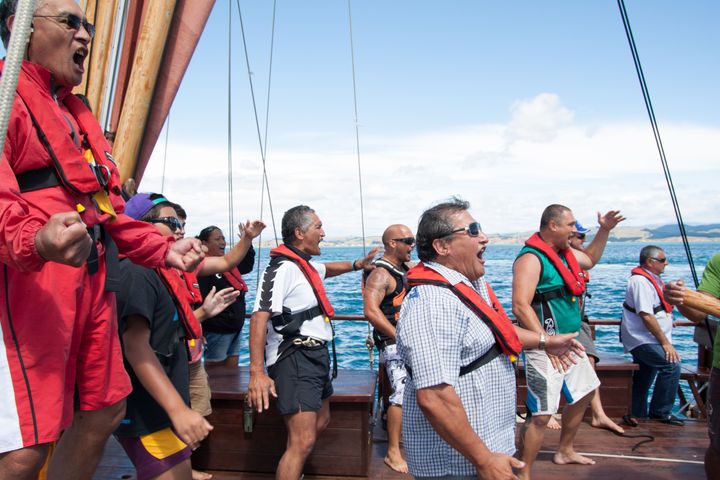A conversation between two rivers: different paths to Indigenous ecosystem management
What can two rivers tell us about the future of Indigenous environmental governance? Students from Aotearoa New Zealand and Latin America came together through the Latin America CAPE's Winds of Change programme to find out.
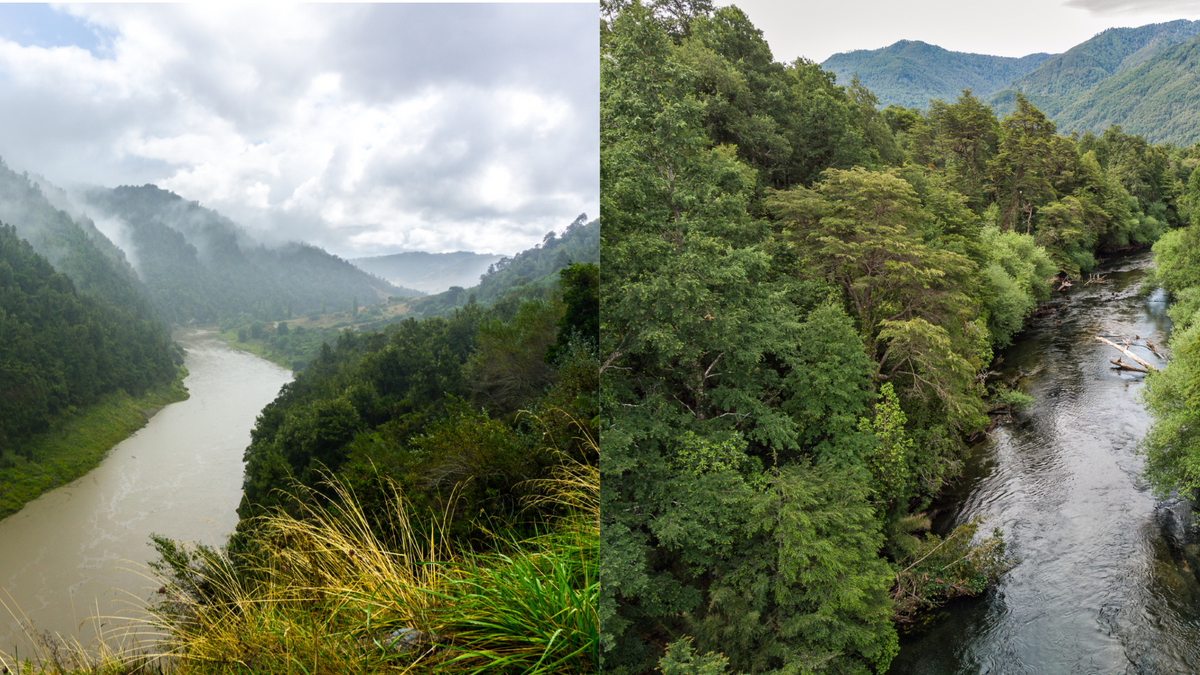
At opposite ends of the Pacific Ocean, there exist two rivers with deep ties to the history of Indigenous authority. Each flowing from mountains and across plains, the Whanganui River in Aotearoa New Zealand and the Trankura River in Chile are intrinsic parts of their Indigenous communities’ identity. Both communities are spiritually linked to their river’s well-being and are genealogically related to their territory. They also share similar experiences of colonial settlers stealing their lands and waterways. Exploitative practices have degraded these rivers and harmed their communities.
In Chile, the rushing Trankura River has been gradually slowing due to a megadrought blamed on the unsustainable habits of industrialised countries. In Aotearoa New Zealand, the Tokaanu power station severed the head of the Whanganui River, causing environmental, cultural, and spiritual harm to its people, the Whanganui Iwi.
Governance of natural resources often excludes Indigenous peoples, but there is much to learn from how their relationships with nature lead to harmonic worldviews, values, and lifestyles.
Several postgraduate students from Aotearoa New Zealand and Latin America came together through the Winds of Change programme, of the Latin America Centre of Asia-Pacific Excellence, to explore what the stories of these two rivers and communities can tell us about the future of Indigenous environmental governance. Here they report on what they learned, including from their interview with Simón Loncopán, a former werkén (traditional leader and spokesperson) and current community leader and political coordinator for lof Trankura in Chile.
Sarah Albom, Master of Arts in Development Studies at the University of Auckland
Alex Martin, Bachelor of Arts (Spanish and Politics) and Bachelor of Laws at University of Otago
Beatriz Chagas de Mesquita, Doctoral candidate in Environmental Management at Lincoln University
Javiera Urzúa, Degree in Business and Management at Universidad Católica del Norte
A reflection on two journeys
Just as their rivers carve different paths from mountain to sea, the Whanganui Iwi and lof Trankura take different paths towards change and restoration of their governance of the rivers. In this story we reflect on the commonalities and distinctions in these communities’ worldviews, and how they use those perspectives to influence environmental reform.
An important context is the difference in relationship each community has with the government and the legal system. In a landmark initiative, national legislation in Aotearoa New Zealand recently gave the Whanganui River legal personhood, together with certain governance rights to the Whanganui Iwi. Meanwhile, the lof Trankura protect their territory from exploitation through local action outside of government systems, which have yet to acknowledge their Indigenous rights.
Despite this key difference, each community may learn from the other’s path as they strive for self-determination and governance over their traditional natural environment.
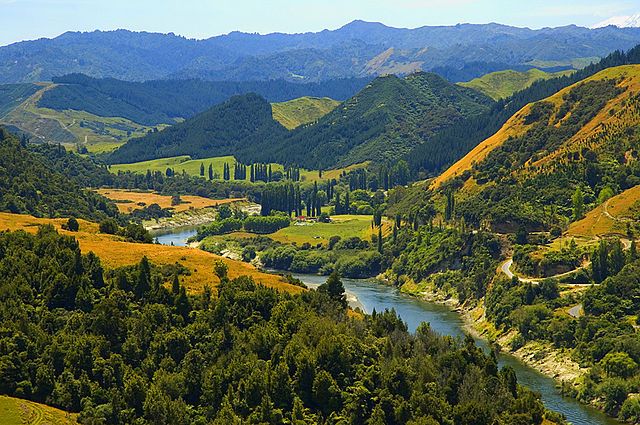
The connections between two Indigenous worldviews
While the Whanganui Iwi and Lof Trankura have unique philosophies, they share core values of reciprocity and partnership with the land. For example, Māori are connected to their lands through whakapapa, or genealogy. The spiritual link between people and nature stems from Ranginui (sky father) and Papatūānuku (earth mother), whom their children forcefully separated in a process that created diverse ecosystems like rivers, mountains, and forests. Whakapapa creates an unbreakable bond between humans and their environments. Under whakapapa, the Whanganui Iwi view the Whanganui River as a tūpuna (an ancestor) and a taonga (something prized; treasure) that helps form the identity of the Iwi.
On the other side of the Pacific Ocean, lof Trankura have similar connections to their ecosystem. Mapuche have lived in Wallmapu (the Mapuche’s traditional territory) since time immemorial. As Mapuche scholar Ñanculef says, “inchiñ may ta elgeyiñ” (“we were left here”). While the Wallmapu is the territorial collective of Mapuche, each lof has their own practices and worldviews (like each Māori iwi). Even the term lof has different meanings - for lof Trankura, Loncopán describes lof as "the territory, but also all the spirits that inhabit these spaces and exist alongside humans. It is also our people’s lineage, the stories, the ceremonies. Most importantly, the lof is identity”.
Spiritual energy, or neren, created chen (humans) and mapu (the space where things live). Unlike the Whanganui Iwi, lof Trankura do not perceive their ecosystems specifically as ancestors; they believe spirits manifest through different elements in nature. They understand that everything is interconnected.
This connectivity is represented in a community made map, shown to us by Simon Loncopán (pictured below). The map depicts the connections between rivers, mountains, and lands, which merge into each other and form the whole territory. Flying condors represent the connection between the material and spiritual. At the centre is the lof’s oldest Nguillatuwe, a space where energy converges and a powerful place for communication and gaining strength.
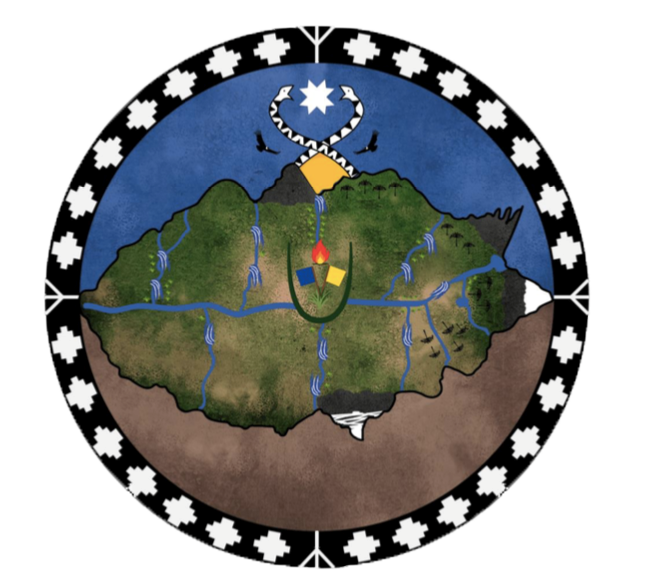
From these similar world views stems a value that Whanganui Iwi and lof Trankura also share: a reciprocal ecosystem responsibility. Their relationships with their ecosystems lead to sustainable ways of living alongside nature. Currently, this relationship is either expressed or hampered in different ways, due to the different relationships each has with their respective country’s government and recognition of Indigenous authorities. We explored these differences in our study to find opportunities for shared understanding and insight.
The successes of integrating Indigenous management into governance
Kō au te Āwa, kō te Āwa kō au.
I am the river, the river is me.
Te Awa Tupua Act section 13
Indigenous worldviews and values are often excluded from governance frameworks. Including these worldviews can provide governments with ways to improve sustainable management, especially as they focus on treating ecosystems as an equal partner or as something to respect, rather than just as a resource.
Te Awa Tupua Act is an excellent example of how to reintroduce indigenous frameworks into management of natural resources. It treats the Whanganui River as a legal person with its own rights and obligations, similar to the way Western law confers personhood on companies and other entities. Through this, Aotearoa New Zealand has found a way to reflect in law how the river is tūpuna to the Whanganui Iwi.
The Act includes other legal mechanisms to give practical effect to this status. Two people, one elected by the Whanganui Iwi and one elected by the Crown, have responsibility to speak on the river’s behalf and act in its interests. The Act’s management framework is based on Tupua Te Kawa, four values that are part of the Whanganui Iwi worldview. The Whanganui Iwi’s values and worldviews are considered and incorporated into how to manage and care for the river, rather than being token decoration for law. Since the Act requires non-Indigenous organisations to follow this management framework, it helps to increase Indigenous law’s recognition and authority. Indigenous authority becomes more visible when it is used and validated.
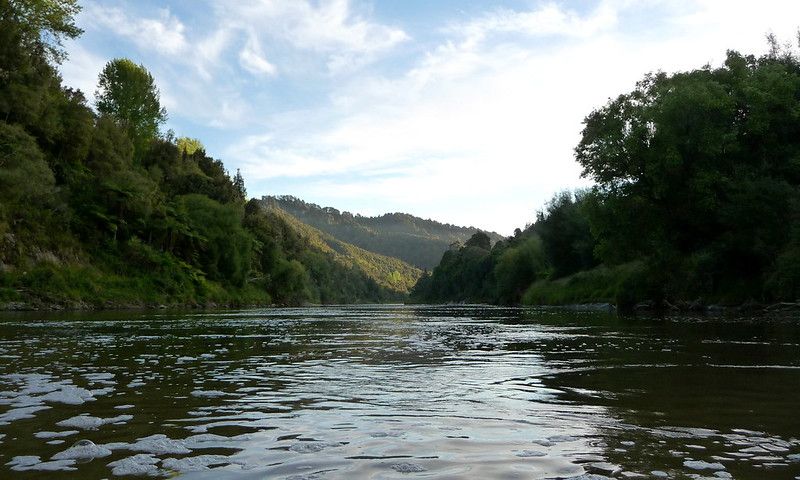
Across the ocean, lof Trankura lacks such formal government legislation to protect the territory or to give the lof the recognition that they desire. Loncopán tells us that the lof would want any such legislation to involve the lof’s values and management systems—Indigenous management under Western systems is not true Mapuche authority. Speaking about the comparison with the Whanganui River, he suggests that as lof Trankura understands that everything is connected, the lof would not want legislation that only encompasses the river, as in the Te Awa Tupua Act. That Act would also not go far enough to meet lof Trankura’s ambition for self-determination. The Act uses Māori worldviews but shares power between the Whanganui Iwi and the Crown. Lof Trankura desires full authority over their territory, based on their existing ancestral authority and on the peace treaty upheld for 250 years between Mapuche and the Spanish Crown, which gave Mapuche full sovereignty over their territory (Wallmapu).
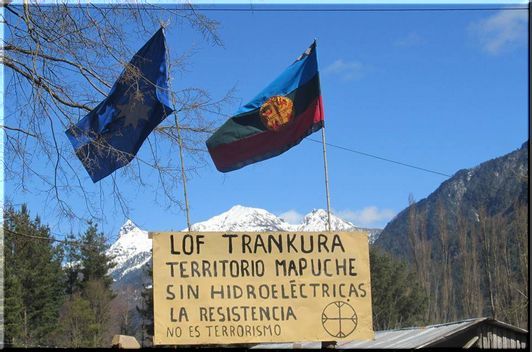
Lof Trankura’s desire for sovereignty has immediate implications for the Trankura River. Lof Trankura has protected the river for over a decade from a planned hydroelectric dam. The Añihuarraqui dam would harm the health of Trankura River and its community.
Despite not having legal rights to draw on, lof Trankura uses their own management frameworks (and values) to raise awareness in the community, organise with local organisations, and engage in dialogue with the government. In our interview, Loncopán emphasised that lof Trankura’s resistance started by empowering local organisations with information on laws and regulations. When discussions with the government broke down, spiritual spaces like the nguillatuwe helped lof Trankura to build the strength to resist violent repression. Even under this oppression, Loncopán proudly states that the dam will never be built because lof Trankura are keeping their authority.
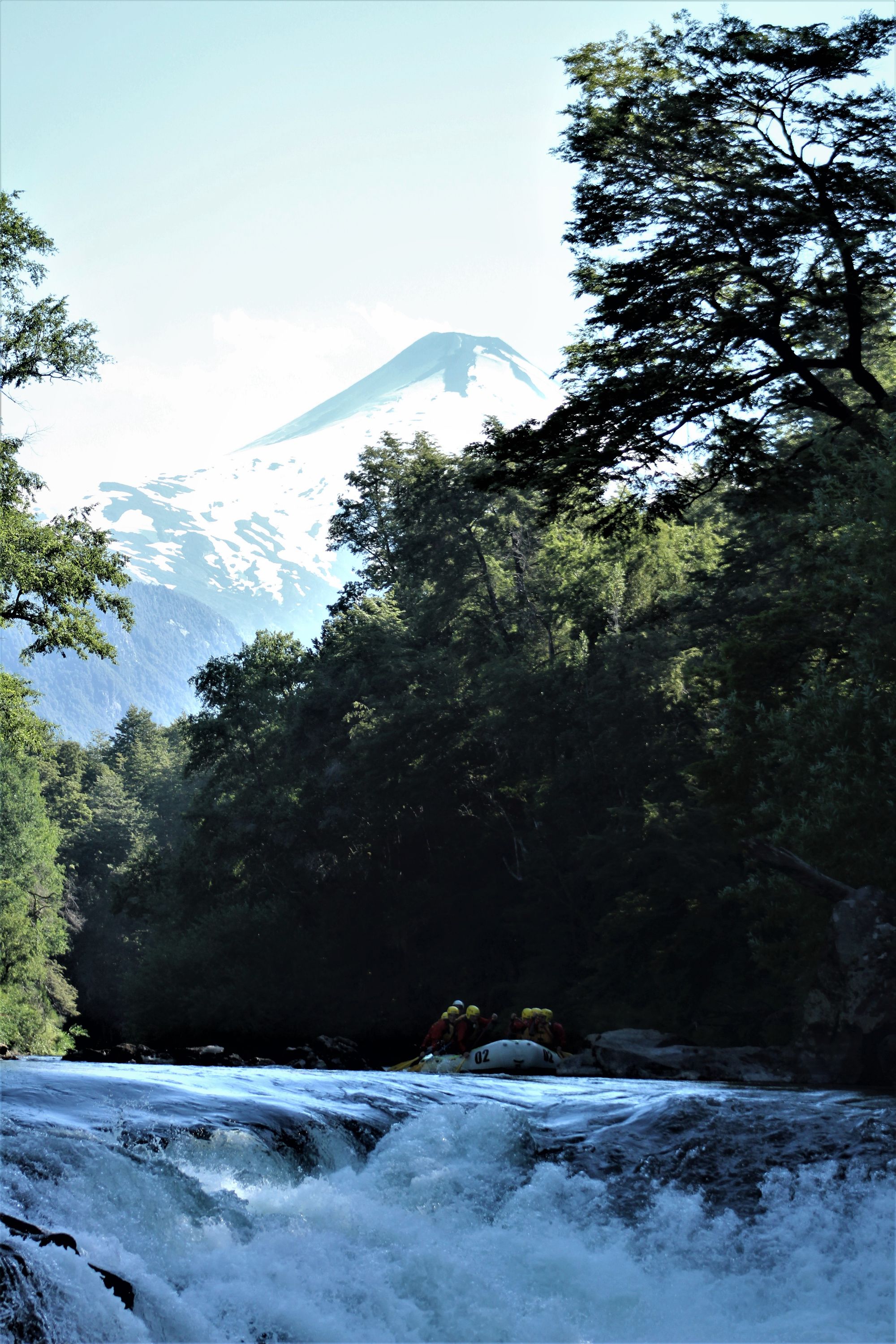
Even with different paths to governance, both communities and their territories stand to benefit from including Indigenous worldviews in management. In Aotearoa New Zealand, Whanganui Iwi perspectives help Te Awa Tupua Act reframe the river as more than an exploitable resource. Understanding the river as taonga, organisations may change their behaviour and become less exploitative. In Chile, the lof Trankura work outside of government systems to effectively protect their river from harm. These are powerful examples of Indigenous authority managing the environment sustainably. Unfortunately, governmental power limits their success.
The limitations of how the two governments treat Indigenous management
The governments of Aotearoa New Zealand and Chile cling to maintaining their authority over the land, limiting the potential of Indigenous management. For example, while Te Awa Tupua Act is based on Māori worldviews, it is limited by Western-based property laws. These property laws retain the fragmentation of the river’s ecosystem. Water is not included in the legal person Te Awa Tupua - therefore, people do not need permission from the river’s guardians to use the water. The Act does not give the Whanganui iwi authority over any pre-existing rights-holders, like the Tokaanu power station. The Whanganui River’s head remains permanently severed, a terrible gash upon the land and in the hearts of the Whanganui Iwi.
Across the ocean, Chile seems far from returning authority over the river and its territory to its rightful Indigenous inhabitants. There exist some Chilean mechanisms that help return Indigenous territory, like Indigenous Law and the Indigenous Land and Water Fund. Yet none of these have been used to recognise lof Trankura’s authority. These laws mostly fail to return resource sovereignty, especially water, to the Indigenous community. Chile’s current Water Code separates water rights from land ownership, so companies can own water on Indigenous land. Recent reforms have made water rights temporary and do privilege Indigenous use, but still separate the water from land. Like Te Awa Tupua Act, ecosystems are fragmented into resources.
The governments in both countries try to maintain their sovereignty as the sole controller of how water can be given and used. However, this control means that any Indigenous-led management that is recognised by the government (like Te Awa Tupua Act) still lacks the Indigenous authority which would enable Indigenous communities to fully and effectively implement their management style. Sustainable management styles based on Indigenous worldviews are hindered if they exist inside Western legal systems designed for exploiting the environment.
Lessons from Indigenous management frameworks in Chile and Aotearoa New Zealand
There is increasing awareness among Indigenous groups about climate change, ecological crisis, and the need for participation in recognised political systems. By incorporating the Whanganui Iwi and lof Trankura’s worldviews into management of their territories, governments can begin to make amends for their colonial theft and find more sustainable ways to manage the environment. The core of these two communities’ values is about reframing relationships between humans and nature as one of equal respect. Such a view is more sustainable than the human-centric and capitalist worldview that has dominated in Aotearoa New Zealand and Chile, but which many communities are now starting to question.
The stories of the Whanganui and Trankura rivers also reveal an irony: state law that recognises or incorporates Indigenous frameworks might in some ways undermine Indigenous communities. Neither Te Awa Tupua Act nor Chilean legislation overcome economic interests and property rights, with environmental policy prioritising the rights of use over the duty to protect and regenerate.
Nonetheless, the Whanganui Iwi and lof Trankura have made progress to validate their rights, traditional knowledge, and practices. To these peoples, the Whanganui and Trankura rivers are living and indivisible entities inseparable from their community. Their fight and successes offer hope that mainstream management can become inclusive of their harmonic human-nature relationships, which are more beneficial for all.
Click here to find out more about the Winds of Change programme
Read more articles from the Winds of Change
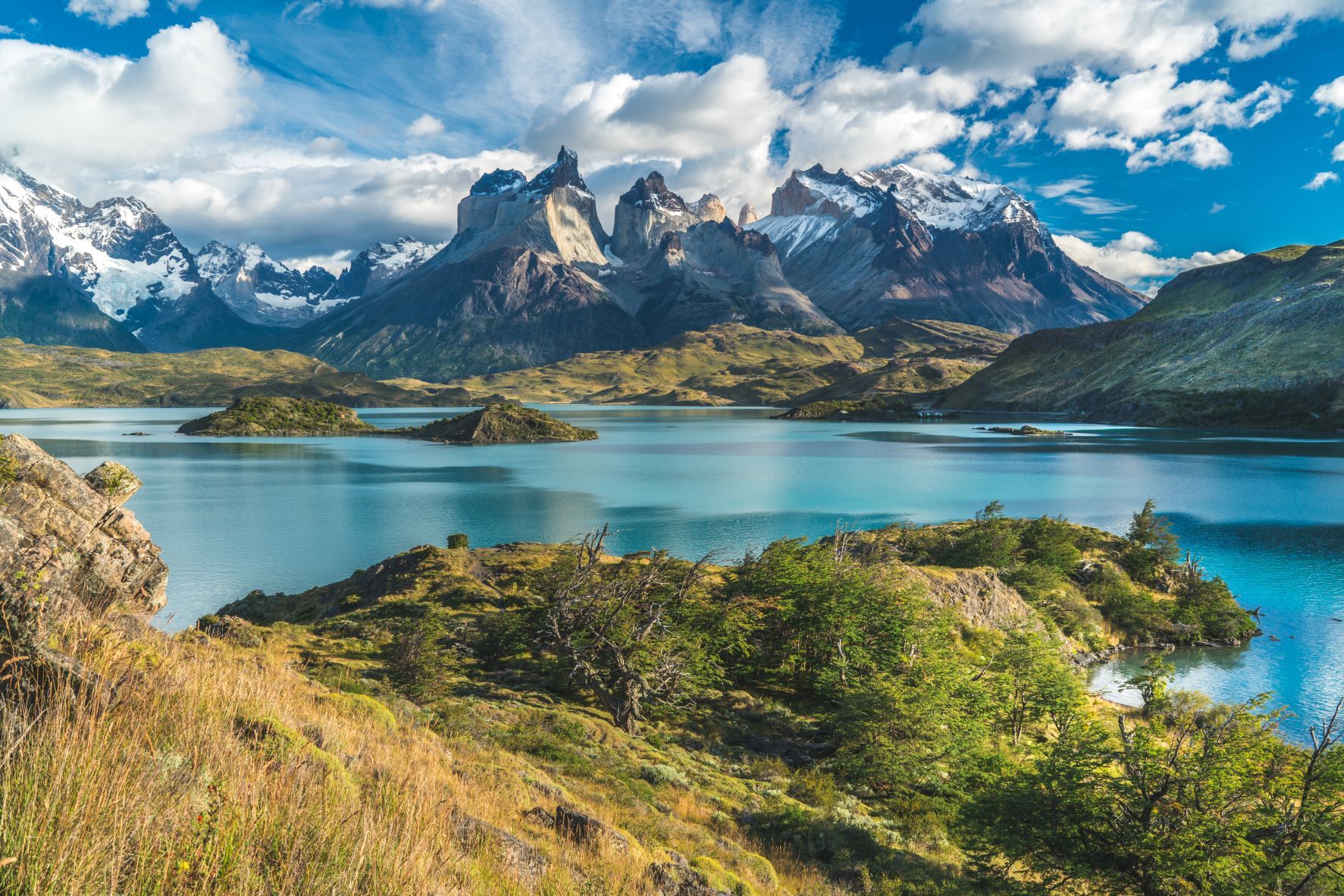
The views expressed in this article do not necessarily represent the views of the Centres of Asia-Pacific Excellence.

